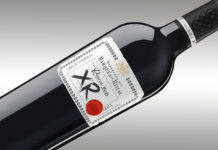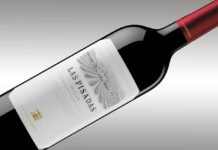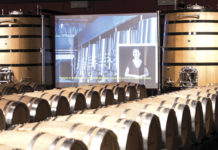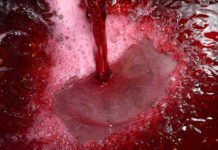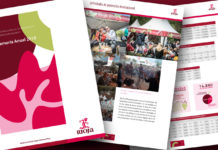Control Board decisions shield the sector against the risk of a devaluation of the D.O. due to unrestricted planting.
The Control Board decided by a large majority to implement a regulated increase in the vineyard surface area of the D.O.Ca. Rioja during the period 2016-2018. This step aims to ensure the continuity of its model of sustainable development under the threat posed by the new system of planting authorisations which comes into effect in January 2016. According to a ‘Study of vineyard surface growth possibilities in the D.O.Ca. Rioja’ undertaken by experts in the public universities of La Rioja, the Basque Country and Navarre, the new system poses the risk of a significant devaluation of the D.O.Ca. Rioja. The decision is linked to several other steps regarding Harvest Standards, budgets, the Price Observatory and other technical issues during the same period.
The decision involves a recommended increase in productive potential by 387 hectares (0.6% of the current 64,526 ha) for each of the three plan years (2016, 2017 and 2018), without prejudice to a possible review of the figures for the second and third years based on sales performance. This way, if YOY sales increase above 1% by 31 August 2016, the productive potential for the year 2017 will be increased by 1% instead of 0.6% —i.e., 645 hectares. Identical criteria shall apply to 2018 depending on how annual sales have grown by 31 August 2017.
It was also decided to restrict to a symbolic amount of one hectare both authorisations to replant grubbed up vineyards, and authorisations to plant vineyards from the conversion of planting rights —when either one of them arises outside the production area of the DOCa Rioja— for each of the three years.
To compensate for the need to improve raw material supply in the short term, the Control Board decided that the 2016 Harvest Standards will set a 107% yield for protected grapes with a grape-to-wine conversion ratio of 72%. For the 2017 Harvest, if the stocks/sales ratio does not reach 2.90, these figures will be 105% and 71% respectively. In such case, they could be again raised to 107% and 72% in 2018 with the goal of reaching the 2.90 ratio.
The creation of a Price Observatory in 2016 using 2015 season figures, the preparation of a study to define technical non-conforming criteria for certain plots where new vineyards could be planted under the D.O.Ca. Rioja, and the possible implementation of a qualitative stock system are also part of the measures decided by the majority of industry organisations. It was also decided to take effective steps in improving the value of Rioja wines and maintaining current promotional spend for the period 2016-2018, with an increase in budget for the Spanish market exceeding 1 million euros, which will include a specific campaign for the promotion of white Riojas.








